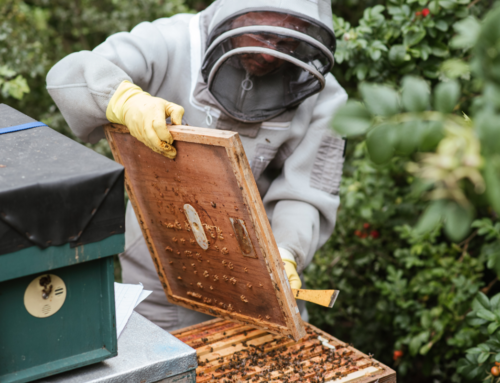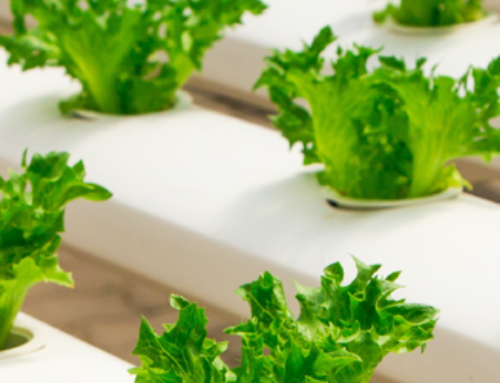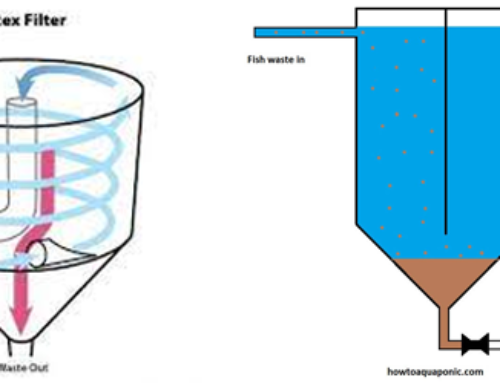Most species of Honey bee have historically been cultured or at least exploited for honey and beeswax by humans indigenous to their native ranges. Only two species have been truly domesticated: Apis mellifera and Apis cerana indica. A. mellifera has been cultivated at least since the time of the building of the Egyptian pyramids, and has been moved extensively beyond its native range.
The only domesticated species of honey bee are A. mellifera and A. cerana, and they are often maintained, fed, and transported by beekeepers. Modern hives also enable beekeepers to transport bees, moving from field to field as the crop needs pollinating and allowing the beekeeper to charge for the pollination services they provide, revising the historical role of the self-employed beekeeper, and favoring large-scale commercial operations.
Bees of various types other than honey bees are also domesticated and used for pollination or other means around the world, including Tetragonula iridipennis in India, the blue orchard bee for tree nut and fruit pollination in the United States, and a number of species of Bombus (bumblebees) for pollination in various regions globally, such as tomatoes, which are not effectively pollinated by honey bees.
Honey bees are social insects and live together in colonies.
The honey bees colony is composed of:
- A queen; the mother of all the bees who lays all the eggs in the colony, both unfertilised (male) and fertilised (female). Queens can live up to several years (up to 3- 4 years);
- In the summer; several hundred drones whose function is to mate with virgin queens. Drones can live up to several months;
- At the height of the summer; 50 000 to 60 000 worker bees. They are the workforce of the colony and gather what the colony requires. During the summer, they will live up to 6 weeks, while in the winter and through to early spring, they will live up to 6 months;
- From early in the year until late autumn most colonies have immature forms, collectively known as brood. These are reared in wax cells which also contain the colony’s food stores.
During winter, the queen’s egg laying ceases, or is greatly reduced, and the colony lives on the food that was collected during the summer.
During the winter, when the colony becomes inactive, the numbers of worker bees drops down to about 20 000 and the drones are usually evicted (although some over-winter). The queen is kept warm in the centre of the winter cluster.
Bees’ Life Cycle
A colony generally contains one queen bee, a fertile female; seasonally up to a few thousand drone bees, or fertile males; and tens of thousands of sterile female worker bees. Details vary among the different species of honey bees, but common features include:
- Eggs are laid singly in a cell in a wax honeycomb, produced and shaped by the worker bees. Using her spermatheca, the queen can choose to fertilize the egg she is laying, usually depending on into which cell she is laying. Drones develop from unfertilised eggs and are haploid, while females (queens and worker bees) develop from fertilised eggs and are diploid. Larvae are initially fed with royal jelly produced by worker bees, later switching to honey and pollen. The exception is a larva fed solely on royal jelly, which will develop into a queen bee. The larva undergoes several moultings before spinning a cocoon within the cell, and pupating.
- Young worker bees, sometimes called “nurse bees”, clean the hive and feed the larvae. When their royal jelly-producing glands begin to atrophy, they begin building comb cells. They progress to other within-colony tasks as they become older, such as receiving nectar and pollen from foragers, and guarding the hive. Later still, a worker takes her first orientation flights and finally leaves the hive and typically spends the remainder of her life as a forager.
- Worker bees cooperate to find food and use a pattern of “dancing” (known as the bee dance or waggle dance) to communicate information regarding resources with each other; this dance varies from species to species, but all living species of Apis exhibit some form of the behavior. If the resources are very close to the hive, they may also exhibit a less specific dance commonly known as the “round dance”.
- Honey bees also perform tremble dances, which recruit receiver bees to collect nectar from returning foragers.
- Virgin queens go on mating flights away from their home colony to a drone congregation area, and mate with multiple drones before returning. The drones die in the act of mating. Queen honey bees do not mate with drones from their home colony.
- Colonies are established not by solitary queens, as in most bees, but by groups known as “swarms”, which consist of a mated queen and a large contingent of worker bees. This group moves en masse to a nest site which was scouted by worker bees beforehand and whose location is communicated with a special type of dance. Once the swarm arrives, they immediately construct a new wax comb and begin to raise new worker brood.
Winter survival
In cold climates, honey bees stop flying when the temperature drops below about 10 °C (50 °F) and crowd into the central area of the hive to form a “winter cluster”. The worker bees huddle around the queen bee at the center of the cluster, shivering to keep the center between 27 °C (81 °F) at the start of winter (during the broodless period) and 34 °C (93 °F) once the queen resumes laying. The worker bees rotate through the cluster from the outside to the inside so that no bee gets too cold. The outside edges of the cluster stay at about 8–9 °C (46–48 °F). The colder the weather is outside, the more compact the cluster becomes. During winter, they consume their stored honey to produce body heat. The amount of honey consumed during the winter is a function of winter length and severity, but ranges in temperate climates from 15 to 50 kilograms (33 to 110 lb).
Nutrition
Honey bees obtain all of their nutritional requirements from a diverse combination of pollen and nectar. Pollen is the only natural protein source for honey bees. Adult worker honey bees consume 3.4–4.3 mg of pollen per day to meet a dry matter requirement of 66–74% protein. The rearing of one larva requires 125-187.5 mg pollen or 25-37.5 mg protein for proper development. Dietary proteins are broken down into amino acids, in addition to to amino acids, some B vitamins including biotin, folic acid, nicotinamide, riboflavin, thiamine, pantothenate, and most importantly, pyridoxine are required to rear larvae. Pyridoxine is the most prevalent B vitamin found in royal jelly and concentrations vary throughout the foraging season with lowest concentrations found in May and highest concentrations found in July and August. Honey bees lacking dietary pyridoxine were unable to rear brood.
Nectar is collected by foraging worker bees as a source of water and carbohydrates in the form of sucrose. The dominant monosaccharides in honey bee diets are fructose and glucose but the most common circulating sugar in hemolymph is trehalose which is a disaccharide consisting of two glucose molecules. Adult worker honey bees require 4 mg of utilizable sugars per day and larvae require about 59.4 mg of carbohydrates for proper development.
Honey bees require water to maintain osmotic homeostasis, prepare liquid brood food, and to cool the hive through evaporation. A colony’s water needs can generally be met by nectar foraging as it has high water content. Occasionally on hot days or when nectar is limited, foragers will collect water from streams or ponds to meet the needs of the hive.
Sting
All honey bees live in colonies where the workers sting intruders as a form of defence, and alarmed bees release a pheromone that stimulates the attack response in other bees. The different species of honey bees are distinguished from all other bee species by the possession of small barbs on the sting.
The sting and associated venom sac of honey bees are modified so as to pull free of the body once lodged, and the sting apparatus has its own musculature and ganglion, which allows it to keep delivering venom once detached.
Parasites
Larval stages of the G. mellonella moth parasitize both wild and cultivated honeybees. Eggs are laid within the hive, and the larva that hatch tunnel through and destroy the honeycombs that contain bee larva and their honey stores. The tunnels they create are lined with silk, which entangles and starves emerging bees. Destruction of honeycombs also result in honey leaking and being wasted. Both G. mellonella adults and larvae are possible vectors for pathogens that can infect bees, including the Israeli acute paralysis virus and the black queen cell virus.
Treatment: Temperature treatments are possible, but also distorts wax of the honeycombs. Chemical fumigants, particularly CO2, are also used.





